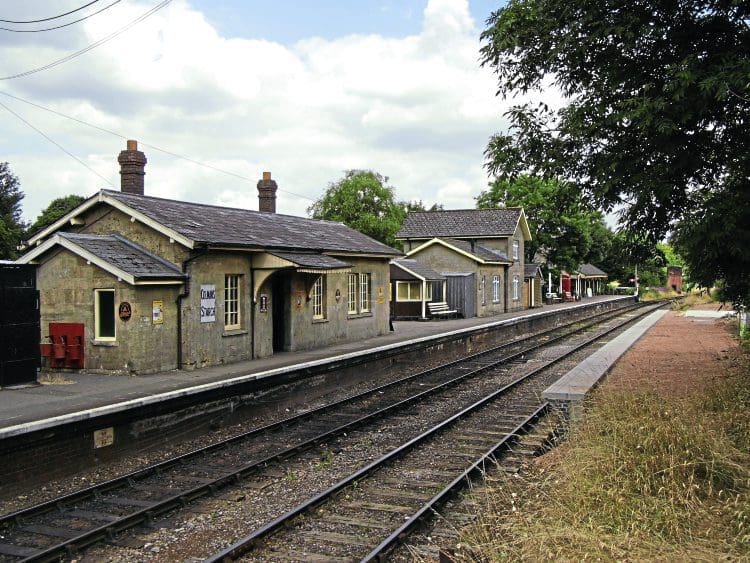Steve Roberts enjoys a warm welcome at the East Somerset Railway and finds a line which is going from strength to strength, with rising passenger numbers and an excellent reputation for steam locomotive and rolling stock restoration.
THE East Somerset Railway came through some difficult times a few years ago, but it is now buoyant. Passenger numbers are on the up and attractions are being added. At 2½ miles, the line may sound on the short side on the face of it, but the ESR offers more than a ‘mere’ train ride – it has grasped the benefits of offering added experiences, such as different types of footplate visits and cream teas.
Yatton was once a busy junction with lines spreading north (Clevedon) and south (a branch to Blagdon and the Cheddar Valley Line through Cheddar, Wells, Shepton Mallet and on to Frome). All these lines have now gone, yet Yatton remains as a stop on the GWR line between Bristol and Taunton.

For this feature I’m interested in the Cheddar Valley Line, which headed out of Yatton to Congresbury, which was the junction for the Blagdon branch, then continued in a vaguely south-easterly direction, before reaching today’s GWR mainline (the Paddington-Penzance line) at Witham, where it continued north-east to Frome.
Enjoy more Heritage Railway reading in the four-weekly magazine.
Click here to subscribe & save.
Part of the Cheddar Valley Line is today utilised by the ESR, which operates between Mendip Vale and Cranmore. Running through the Mendips, this railway offers a 40-minute round trip of five miles over a 1-in-56 rising gradient which tests the capability of the locos.
History
The ESR opened as a broad gauge line between Witham, on the Westbury to Weymouth line, and Shepton Mallet, in November 1858. Isambard Kingdom Brunel himself had met the surveyors at the proposed Cranmore station three years earlier, in 1855.

The line was then extended on to Wells by March 1862, but was never a commercial success and was sold to the GWR in 1874 at the time of the costly gauge conversion. The line would continue under the GWR and then BR until September 1963, when passenger services were withdrawn.
Freight was also reduced and the line cut back, although the eastern end of the branch would be used quite intensively from 1970 when Foster Yeoman developed the Merehead stone quarry. In fact, stone trains still use the branch as far as the quarry. Bitumen trains also continued to Cranmore until 1985.
My 1970 rail atlas shows the branch as a Western Region freight only, with its junction about half way between Frome (north) and Bruton (south) on the section of line between Westbury and Castle Cary. Cranmore and Merehead are both shown.
The line between Witham (the junction) and Cranmore is still in situ for those stone trains heading to and from Merehead. The heritage line then heads west from Cranmore in the direction of Shepton Mallet, which it is currently just short of.
Read more and view more images in Issue 246 of HR – on sale now!
Advert
 Enjoy more Heritage Railway reading in the four-weekly magazine. Click here to subscribe.
Enjoy more Heritage Railway reading in the four-weekly magazine. Click here to subscribe.











